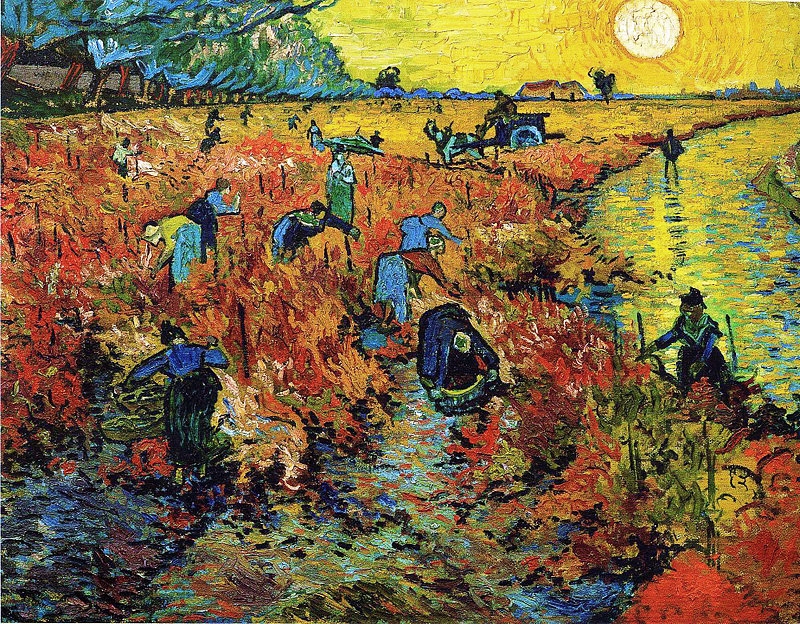Most Expensive Arts in the World
The world of art is full of remarkable pieces, and some of them come with an impressive price tag. From renowned historical pieces to modern-day masterpieces, some of these works of art have set records for the highest selling prices. In this blog, we’ll look at the ten most expensive art in the world, the factors influencing their prices, and the impact of such costly artwork on the art market. We’ll also look at some of the historical art pieces that have sold for remarkable prices. So read on to learn more about the fascinating world of expensive art!
Table of Contents
The Most Expensive Arts in the World
The world of art is a fascinating place, with some pieces reaching astronomical prices. From paintings, sculptures and installations to photographs, prints and rare books, art is an investment in both prestige and financial value. The most expensive art in the world comes from some of the most renowned artists, such as Pablo Picasso, Leonardo da Vinci and Vincent van Gogh.

These works of art have been sold for millions of dollars, with the sale of the Salvator Mundi painting by Leonardo da Vinci for $450 million setting a new record for the most expensive painting ever sold. Other world-renowned artworks include the Card Players series by Paul Cezanne, which sold for $250 million, and the Interchange painting by Willem de Kooning, which sold for $300 million. It is clear that art is a valuable commodity, and these works of art have become some of the most expensive art in the world.
Artwork That Have Sold for Record-Breaking Prices
The world of art has seen some truly remarkable accomplishments, with pieces selling for record-breaking prices. From Vincent Van Gogh’s Portrait of Dr Gachet, which sold for $82.5 million, to the mesmerizing artwork of Leonardo da Vinci’s Salvator Mundi, which sold for a staggering $450.3 million, it’s clear that art holds immense value both culturally and financially. These remarkable works of art have broken records and will continue to captivate audiences around the world for generations to come.
Factors Influencing Artwork Prices
The value of artwork can vary greatly, and many factors can influence the price of artwork. Cultural heritage, the artist’s reputation, condition, and historical importance are some of the main factors that can affect artwork prices. Additionally, the emotional value of artworks, the demand in the art market, and the advancements in technology can also play a role in the fluctuation of artwork prices. On a global scale, artwork prices are affected by the economy, the political climate, and the tastes of the international art market. Therefore, artwork prices can be a reflection of the current social and economic environment around the world.
Historical Art Pieces That Have Sold for High Prices
Throughout history, many art pieces have been sold for incredibly high prices. One of the most famous and expensive pieces is Leonardo da Vinci’s “Salvator Mundi” which sold for an astonishing $450.3 million in 2017. Another notable piece is Pablo Picasso’s cubist painting “Les femmes d’Alger (Version O)” which sold for $179.4 million in 2015. These prices show how much the world values great works of art. Thousands of other notable pieces have been sold for high prices, from Edvard Munch’s “The Scream” to Gustav Klimt’s “Portrait of Adele Bloch-Bauer I”. These works showcase the incredible history of art from around the world and how much it is valued.
The Impact of Expensive Art on the Art Market
The art market is an ever-changing landscape, with the prices of artworks often dependent on many factors, such as the artist’s reputation, or the uniqueness of the piece. Expensive art can have a significant impact on the art market, as demand and prices rise for pieces that are considered to be particularly valuable. The sale of these works often sets a precedent for other works in the artist’s portfolio, potentially leading to a ripple effect of increased prices. Expensive art also serves as a benchmark for other pieces on the market, with buyers often willing to pay a premium for works that are considered to be of high quality. In today’s art market, expensive works are often seen as a sign of prestige and success and can have a tremendous influence on the value of art.
In conclusion, the most expensive arts in the world are often determined by a combination of factors such as historic value, artistic merit and artist fame. These pieces of art can often evoke emotional and financial reactions from people, and this, in turn, can affect the art market and, in some cases, even shape the history of art. As the prices of these pieces of art rise, so too does their impact on the art world.



